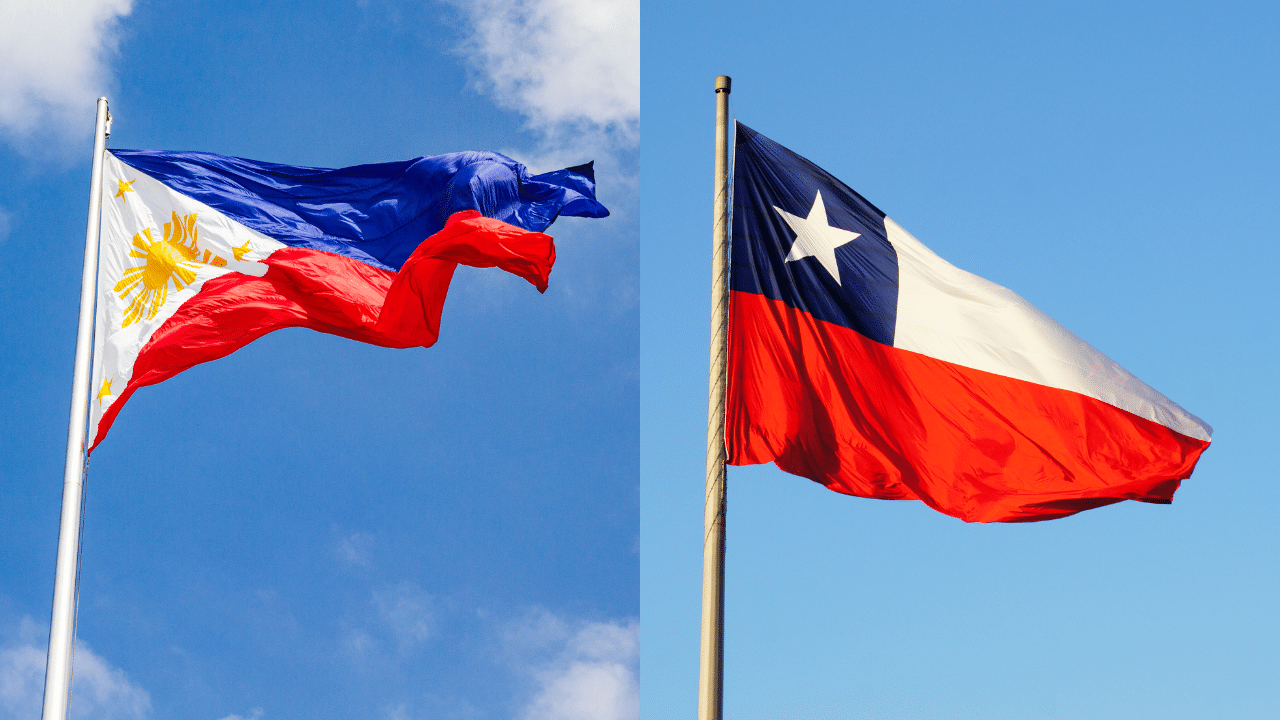In 2020, British Columbia approved LNG Canada, the first megaproject of its kind to get the green light in this Canadian province. LNG Canada consists of an export plant that cools the natural gas to a liquid using a combination of hydroelectricity and natural gas, states LNG Canada — a consortium of Shell, Mitsubishi Corporation, Petronas, PetroChina and Korea Gas Corp. The accompanying pipeline, called Coastal GasLink , is a partnership owned by affiliates of TC Energy, Alberta Investment Management Corporation (AIMCo), and US private equity firm KKR.
Completed in late 2023, it extends 670 km from the Montney natural gas field in northeastern BC to the LNG terminal in Kitimat. Initially LNG Canada will export LNG from two processing units or “trains” with capacity of 2.1 billion cubic feet of natural gas per day.

The plan is to double capacity to four trains, at 5 billion cubic feet per day. Billed as the largest private-sector construction project in Canadian history, the CAD$40 billion development, including a liquefaction plant, pipeline and gas drilling, is slated for completion in mid-2025. That’s for Phase 1.
LNG Canada expects to export 14 million tonnes of natural gas per year, generating an estimated $575 million annually. A proposed Phase 2 would double exports to 28 million tonnes annually. In early April, the facility received its first LNG carrier, the ‘Maran Gas Roxana’.
The Greek-flagged vessel carried a load of LNG to be used for equipment testing at the LNG Canada site. It's estimated that BC has stores of 93 trillion cubic meters of natural gas, mostly found in the northeast. That explains why there are five potential LNG projects at various stages of approval in the province.
LNG Canada is controversial both from an environmental and an economic perspective. Proponents say LNG is the cleanest-burning fuel in the world and helps to replace emissions from dirtier sources of electricity, namely coal, thus improving air quality. LNG projects have been supported by both the B.
C. Liberal and NDP provincial governments as a driver of economic growth and as a means of reducing Canadian energy export reliance on the United States. (LNG Canada for example will ship LNG primarily to Asian markets.
) Related: Trump Eyes Sovereign Wealth Fund to Back U.S. Mining During the current federal election, the Conservative Party has promised to approve future projects quickly and to repeal Liberal Party rules surrounding environmental protections, they say are hindering investment.
The Liberals have also expressed support for future projects and speeding up approval processes. ( CBC News ) Natural Resources Canada estimates LNG has the potential to add $7.4 billion to the national economy a year by opening up new overseas markets for a product that is otherwise landlocked in North America.
Critics argue that LNG creates its own emissions, including the potent greenhouse gas methane, through the liquefaction and transportation process, as well as through drilling and flaring natural gas. Extracting the fossil fuel involves fracking, which has the potential to cause water pollution and has been associated with earthquakes. The B.
C. Climate Emergency Campaign earlier this year gave BC a failing grade on several climate-action goals, in part because of its support for LNG projects. They say building massive LNG terminals that require huge upfront capital investments “locks in” future greenhouse gas emissions at a time when the world needs to be planning for a lower-carbon future, CBC News reported.
How about the viability of Canadian LNG? Will the plants make money in an oversupplied natural gas market that has cratered prices? Source: DOB Energy According to the Institute for Energy Economics and Financial Analysis , the outlook is dim. Its April 25, 2024 headline reads ‘Tidal wave of few LNG supply to flood market amid demand uncertainty’. The graph below says it all.
Global LNG supply capacity is expected to increase 40 percent by 2028 as Europe, Japan and South Korea slash imports. Source: IEEFA The largest share of supply additions will come from the US and Qatar, likely pushing Australia to third place among global LNG suppliers. [G]lobal LNG suppliers and traders will increasingly depend on growth in emerging markets to both compensate for falling imports elsewhere and absorb a flood of new supply, the IEEFA states.
However, such rapid LNG demand growth in emerging economies is not guaranteed, even in an oversupplied market. Countries in South and Southeast Asia, for example, will face distinct barriers to rising demand, including fiscal and credit challenges, extensive infrastructure delays, and contracting issues, among other obstacles. Regarding Canada, the full IEEFA report is far from sanguine: Largely due to high construction and pipeline costs, Canada’s once-lofty ambitions to become a major player in the global LNG market have faded.
As just one example, Spanish energy firm Repsol abandoned plans last March for an LNG export project on Canada’s east coast, citing the high cost of shipping gas from western Canada. Several projects are still looking for financing, including Cedar LNG and Ksi Lisims LNG and FortisBC still hopes to expand its Tilbury LNG facility outside of Vancouver. Of roughly 20 LNG projects once proposed in Canada, most have now been shelved.
A recent article by BOE Report notes that Canada and the United States began proposing LNG export facilities at roughly the same time in the early 2010’s. “In typical ‘let’s not wait around fashion’, the United States seized the moment and has become the world’s largest LNG exporter in the world since then. Canada has exported zero.
Nothing.” From 2010 to 2021, the US grew their natural gas exports by 485 percent, while Canada’s exports declined by 18 percent. Resource Works , a natural resource advocacy group, says the country’s failure to push more strongly for LNG has put it in a weak position.
But it’s not like there haven’t been chances. When Europe was scrambling for natural gas following Russia’s invasion of Ukraine in 2022, German Chancellor Olaf Scholz came to Canada looking for help. He was told there was “no strong business case” for Canadian LNG exports to Europe.
A similar response was delivered to the Japanese and Greek prime ministers and the Polish president in 2024. Meanwhile, the US and Qatar ramped up their LNG exports by locking in long-term contracts with Asian and European buyers. Germany, despite its penchant for renewables, invested in floating LNG terminals.
Canada not only failed to position itself a global supplier, it threw up hurdles. The federal government’s Bill C-69, renamed by opponents the “no pipeline law”, created an onerous and unpredictable regulatory process for major energy projects. The provincial CleanBC plan made it clear that investment in the sector would face endless hurdles.
The results have been severe. Since 2015, Canada has seen $670 billion in cancelled resource projects, including multiple LNG terminals on the Atlantic and Pacific coasts. The Energy East pipeline, which could have supplied LNG facilities in New Brunswick and enabled exports to Europe, was cancelled due to regulatory delays.
The proposed expansion of Repsol’s LNG terminal in Saint John faced the same fate. Investors, spooked by uncertainty and government hostility, took their money elsewhere. British Columbia plans to export most of its LNG to Asia, particularly China and Japan.
But even before LNG Canada begins, the United States is pulling the rug out from under it. In early April the US, Japan and South Korea committed to placing US LNG to bolster energy security and mutual benefits, as per S&P Global . The trilateral joint statement came as Tokyo and Seoul were talking to Washington about boosting US LNG imports and considering investments in the Alaska gas pipeline.
S&P Global states: In his speech to Congress on March 4, Trump said, “My administration is also working on a gigantic natural gas pipeline in Alaska, among the largest in the world, where Japan, South Korea and other nations want to be our partners with investments of trillions of dollars each.” "It will be truly spectacular. It is all set to go," Trump added.
Finally, Policy Options says that ‘Banking on LNG exports is a high-risk gamble for Canada’s future growth’. The publication notes the global LNG market is oversupplied, and its emissions benefits are overstated. Canada should thus look elsewhere for growth, like critical minerals.
Author Michael Sambasivan argues that developing Canada’s access to global gas markets might decrease dependence on American buyers, but it would also increase the country’s reliance on fossil fuels during a time when the global LNG market is becoming oversaturated. He says it is also becoming increasingly clear that LNG’s reputation as a “transition fuel” is unfounded, with the potential for LNG to displace coal emissions unsupported both economically and scientifically. While backing LNG expansion may look tempting in the face of newfound American aggression, it would also increase the risk of our economy getting to the station after the LNG train has already left.
Sambasivan backs the IEEA’s position regarding LNG demand destruction, noting that the war in Ukraine spiked natural gas prices, causing South and Southeastern Asian markets to not expand their LNG intake capacity. While European nations expanded their LNG usage to decrease reliance on Russian gas, the EU’s energy regulator predicts that Europe’s LNG demand has peaked and will steadily decline over the back half of the 2020s. China is promoting domestic procurement of gas and is looking at a massive new pipeline from Russia, while Japan and South Korea plan to expand nuclear power to reduce fossil-fueled power generation.
It all means that, globally, LNG suppliers will compete fiercely for customers, even in circumstances where the world does not quickly decarbonize. Projections for supply far outpace those for demand, even under the IEA’s least climate-ambitious scenario. By Andrew Topf for Oilprice.
com More Top Reads From Oilprice.com.
Business

Has Canada Missed the LNG Boat?

In 2020, British Columbia approved LNG Canada, the first megaproject of its kind to get the green light in this Canadian province. LNG Canada consists of an export plant that cools the natural gas to a liquid using a combination of hydroelectricity and natural gas, states LNG Canada — a consortium of Shell, Mitsubishi Corporation, Petronas, PetroChina and Korea Gas Corp. The accompanying pipeline, called Coastal GasLink, is a partnership owned by affiliates of TC Energy, Alberta Investment Management Corporation (AIMCo), and US private...















